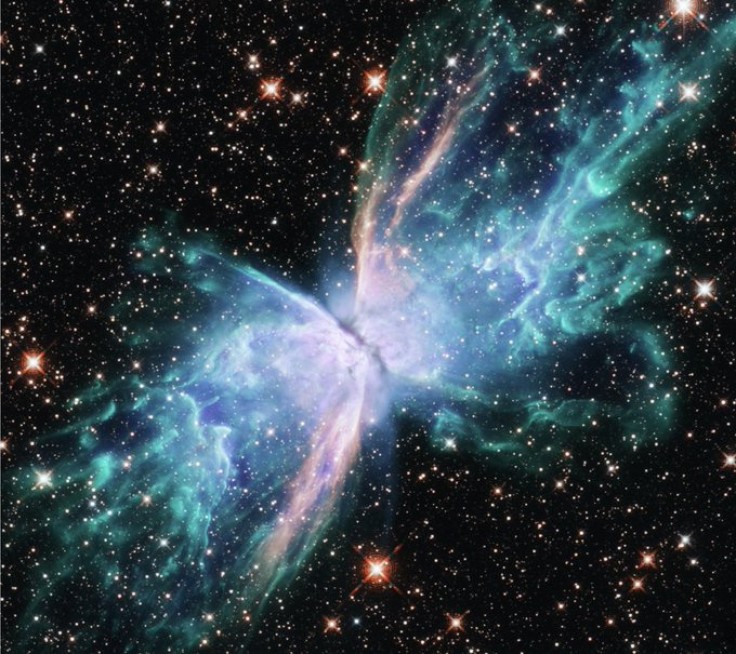
The Hubble Space Telescope recently celebrated 30 years of capturing stunning scenes and mind-blowing photography from space just June 19, 2020.
The National Aeronautics and Space Administration (NASA) just released more images from Hubble's Wide Field Camera 3 of two young planetary nebulas.
NASA describes a nebula as expanding shells of gas created by dying stars shedding their outer layers. The Some nebulae come from the gas and dust thrown out by the explosion of a dying star, such as a supernova. Other nebulae are regions where new stars are beginning to form.
After seeing the images, astronomers hypothesized that the Butterfly Nebula (NGC 6302) and one resembling a colorful jewel bug (NGC 7027) are binary-star systems. And the images have allowed astronomers to see how both systerms are splitting themselves apart at a fast space - at least in space time.
Check out the official tweet below.
Know a dad who could use a little space this #FathersDay? Let our @NASAHubble Space Telescope take him between 2,500 and 3,800 light-years away where this young planetary nebula is located: https://t.co/Ov5YIvajmm pic.twitter.com/ikKqunNPcw — NASA (@NASA) June 21, 2020
The research team has found unprecedented levels of complexity and rapid changes in jets and gas bubbles blasting off of the stars at the centers of both nebulas. Hubble is allowing the researchers to converge on an understanding of the mechanisms underlying the chaos acording to NASA's feature article.
The leader of the research team suspected the the two stars were circling each other at the center of each nebula, which explains for the cinched appearance in the center. Meaning the changes provides evidence of the two stars merging togther.
"When I looked in the Hubble archive and realized no one had observed these nebulas with Hubble's Wide Field Camera 3 across its full wavelength range, I was floored," according to Joel Kastner of Rochester Institute of Technology, Rochester, New York in a press statement. "These new multi-wavelength Hubble observations provide the most comprehensive view to date of both of these spectacular nebulas." he added.
Read Also : Hubble Telescope Captures Crab Nebula's Central Star; How It Compares To The Earth's Sun
Explaining how the Butterfly Nebula and the Jewel-shaped Nebula were formed
In this case that would be the wings of the butterfly or the shape of the jewel bug would form when a mass-losing star is one of two in a binary system making a gas disk.
When the smaller star merges with the other, "jets of material" can flow out and wobble, which is what researchers think is happening with the Butterfly Nebula. The way iron emissions - gas blown out at high speed by a star and captured by the Hubble camera filter - show up along opposing, off-center directions, implies that the source is wobbling over time, "like a spinning top that's about to fall," Kastner explains.
We are like butterflies who flutter for a day and think it is forever.#CarlSagan
Happy #FathersDay! pic.twitter.com/1kd7YUGLpy — venus ️ (@venus47203379) June 21, 2020
As for the "jewel bug," it had been "slowly puffing away its mass" for centuries in a regular spherical pattern until it recently produced a new cloverleaf pattern. Kastner said that something "went haywire" at the center as researchers assumed that its red giant star swallowed another star based on its iron emission pattern.









